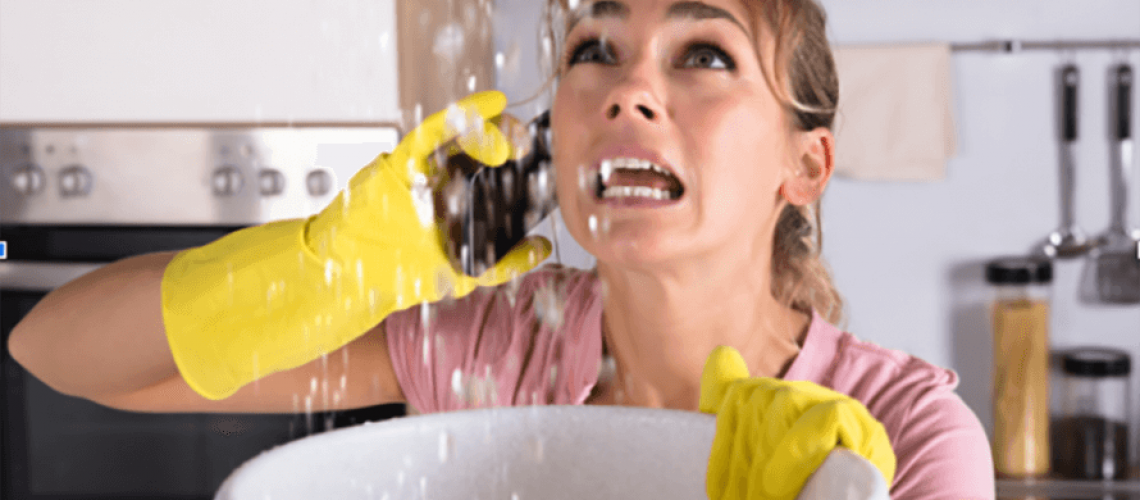Just how to Locate as well as Repair Service Water Leaks-- A Comprehensive Guide
Just how to Locate as well as Repair Service Water Leaks-- A Comprehensive Guide
Blog Article
Presented here below you will find a bunch of really good resources in relation to Top leak detection hacks.
.jpg)
Early discovery of dripping water lines can mitigate a prospective calamity. Some tiny water leakages may not be visible.
1. Examine the Water Meter
Inspecting it is a proven means that aids you uncover leakages. If it relocates, that shows a fast-moving leak. This means you may have a slow leak that could even be underground.
2. Check Water Usage
Examine your water bills and track your water consumption. As the one paying it, you ought to discover if there are any type of inconsistencies. If you identify sudden changes, in spite of your usage coinciding, it indicates that you have leakages in your plumbing system. Keep in mind, your water expense ought to drop under the very same array on a monthly basis. An abrupt spike in your costs shows a fast-moving leakage.
Meanwhile, a steady rise on a monthly basis, despite having the exact same practices, shows you have a slow-moving leakage that's also slowly escalating. Call a plumber to completely inspect your building, especially if you feel a warm area on your flooring with piping beneath.
3. Do a Food Coloring Test
When it comes to water usage, 30% comes from toilets. If the shade somehow infiltrates your dish during that time without flushing, there's a leakage in between the tank as well as dish.
4. Asses Exterior Lines
Do not neglect to check your outside water lines too. Test faucets by connecting a yard hose pipe. Must water seep out of the connection, you have a loosened rubber gasket. Change this and make sure all links are limited. If you've obtained a sprinkler system, it will help get it skillfully checked out and preserved every year. One small leakage can throw away lots of water and spike your water bill.
5. Assess the scenario and also evaluate
Home owners must make it a routine to inspect under the sink counters as well as even inside cupboards for any bad odor or mold growth. These 2 red flags suggest a leakage so prompt attention is called for. Doing regular inspections, also bi-annually, can conserve you from a significant issue.
If you know your home is currently old, maintain a watchful eye on your heaters, hoses, pipelines etc. Check for stainings as well as compromising as most pipelines as well as appliances have a life span. They will also normally degrade due to tear as well as wear. If you believe dripping water lines in your plumbing system, don't wait for it to rise. Call a professional plumber today so you don't wind up with a horrible mess in your home.
Early detection of dripping water lines can mitigate a prospective disaster. Some tiny water leakages might not be visible. Inspecting it is a surefire way that assists you find leaks. One small leakage can lose lots of water and also spike your water expense.
If you suspect leaking water lines in your plumbing system, do not wait for it to escalate.
WARNING SIGNS OF WATER LEAKAGE BEHIND THE WALL
PERSISTENT MUSTY ODORS
As water slowly drips from a leaky pipe inside the wall, flooring and sheetrock stay damp and develop an odor similar to wet cardboard. It generates a musty smell that can help you find hidden leaks.
MOLD IN UNUSUAL AREAS
Mold usually grows in wet areas like kitchens, baths and laundry rooms. If you spot the stuff on walls or baseboards in other rooms of the house, it’s a good indicator of undetected water leaks.
STAINS THAT GROW
When mold thrives around a leaky pipe, it sometimes takes hold on the inside surface of the affected wall. A growing stain on otherwise clean sheetrock is often your sign of a hidden plumbing problem.
PEELING OR BUBBLING WALLPAPER / PAINT
This clue is easy to miss in rooms that don’t get much use. When you see wallpaper separating along seams or paint bubbling or flaking off the wall, blame sheetrock that stays wet because of an undetected leak.
BUCKLED CEILINGS AND STAINED FLOORS
If ceilings or floors in bathrooms, kitchens or laundry areas develop structural problems, don’t rule out constant damp inside the walls. Wet sheetrock can affect adjacent framing, flooring and ceilings.
https://www.servicemasterbyzaba.com/blog/how-to-detect-water-leakage-in-walls/

I stumbled upon that piece of writing about Top leak detection hacks when doing a lookup on the web. Please take the time to promote this page if you liked it. Bless you for your time. Visit again soon.
Report this page